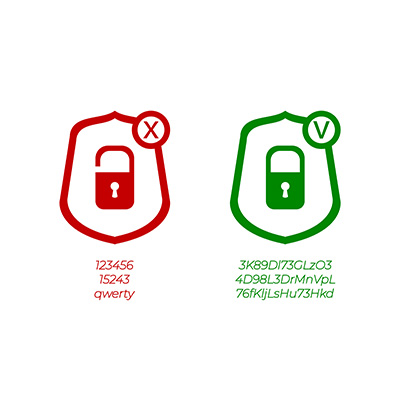For the small business, technology is an issue; and reasonably so. For something that holds so much importance for an organization, there are bound to be problems attached. These problems can disrupt efficient workflows and ruin some situations. In this week’s blog, we will take a look at four things you can do to cut down on your technology troubles.
The threats for businesses to get hacked or deal with data breaches of some type are more pressing now than at any other time in the digital age. It’s as if there are thousands of cat burglars on the prowl looking for a way into your business. If one of them is successful, it can bring some severe consequences for your business including financial loss, reputational damage, and even legal issues. In this week’s blog we will go through some of the actions you need to take in the case of a network breach.
Let me ask you: how confident are you that all of your data is in your control? How confident are you that you have access to it as you need it? How confident are you that it is properly secured, wherever it is being stored? These are all important, arguably critical, questions to know the answer to. They are also all questions that are best answered by storing your data centrally.
Do you have an old Google account that you created years ago, only to replace it later with one that is more on-brand and less filled with spam messages? You’re not alone, but as you might expect, these accounts can create more problems than they are worth if you let them sit around unused for too long. Perhaps that is why Google is planning to shut down any old Google accounts that have remained dormant for the past two years.
If your time is anything like mine, you often find it taken up by task after task, with all these responsibilities fighting for your attention. You’ve probably found yourself staring at your to-do list, trying to figure out what to tackle next, more times than you’d care to admit.
There are quite a few platitudes that we support, in terms of business IT. Some that we haven’t really touched on, however, are Schofield’s Laws of Computing. Let’s fix that today by reviewing where they came from, and what these laws entail.
No one wants to lose their phone, but it does happen. Whether you’ve left it somewhere or it has clearly been taken, you need to know how to respond to this situation. In this week’s blog, we will give you some tips on what to do if your phone has gone missing.
Phishing is a common issue that businesses of all kinds can experience, whether they are a small startup or a large corporation. Hackers are always trying to extol information from your employees, including account credentials, remote access to your systems, and in some cases, funds directly from a bank account. It’s up to you to teach them how to identify and respond to phishing attacks.
Phishing is a remarkably dangerous tactic used by hackers to take advantage of those who might not be quite as in-the-know about security practices. Phishing attacks can be carried out against both businesses and individuals alike, and due to the many different forms these attacks can take—including email, text message, and even fraudulent websites—they can be quite problematic.
Simple passwords are just not an effective security practice, so if you’re still using credentials like Password, 123456, Guest, or Qwerty, listen up. You need better password hygiene practices before you suffer from a data breach. Here are some ways you can make a better password to protect your business from threats.










